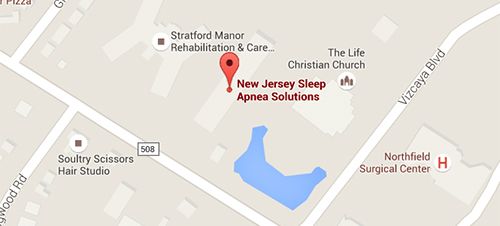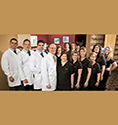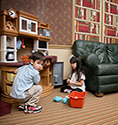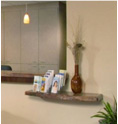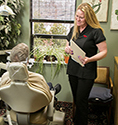What Are the Different Types of Sleep Apnea?
Submitted by New Jersey Snoring Solutions on Mon 03/21/2016 - 09:00

Nearly 20 million Americans suffer from the sleep disorder known as sleep apnea. Many people are familiar with the most common type of sleep apnea — obstructive sleep apnea or OSA — but fail to recognize the two other types of the disorder. Here, Dr. Ivan Stein and the team at New Jersey Sleep Apnea Solutions discuss the three types of sleep apnea, and the causes and treatments of each.
Obstructive Sleep Apnea
Let’s start with the most familiar form of sleep apnea.
Obstructive sleep apnea occurs when the upper airway becomes partially or completely blocked during sleep. The throat muscles relax and allow the tongue, fatty tissues of the throat or both to collapse into the airway. The restricted airflow reduces the amount of blood flow to the brain, triggering the brain to partially wake up from a resting state and alert the body to breathe. The sleeper must take a big breath to get past the obstruction, and often gasps, chokes or snorts. This chain of events can happen a few times or hundreds of time per night.
OSA is more likely to affect people that are overweight, of an older age, frequently drink or smoke, or have large tonsils or adenoids, a narrow throat or a large tongue.
One of the most obvious signs of OSA is loud and regular snoring. Other symptoms include cessations in breath and subsequent gasping or choking, excessive daytime sleepiness, chronic morning headaches, depression and irritability.
OSA can be treated with a continuous positive airway pressure (CPAP) machine, oral appliance therapy or surgery.
Central Sleep Apnea
Experts claim that one in five sleep apnea cases are of the central sleep apnea (CSA) variety.
CSA occurs when the brain temporarily fails to properly communicate to the muscles that control breathing. It is often caused by medical problems like Parkinson’s disease and disorders affecting the brainstem, such as a brain infection and stroke. Obesity can also lead to CSA.
Symptoms of CSA include irregular breathing patterns or cessations in breath during sleep, shortness of breath during sleep, excessive daytime sleepiness, chronic fatigue, mood changes and other cognitive impairment. Snoring is not as common in people with CSA as it is in people with OSA.
Treating CSA often includes treating existing medical conditions that are contributing to the sleep disorder. Other treatment options include CPAP devices, bilevel positive airway pressure (BPAP) devices that adjust the delivery of air based on whether the person inhales or exhales, and adaptive-servo ventilation (ASV) devices that monitor breathing and adjust airflow to match how the patient would normally breathe if he or she was awake.
Complex (or Mixed) Sleep Apnea
Mixed or complex sleep apnea is a combination of OSA and CSA. Sleep specialists have found that some people using CPAP machines to treat OSA develop symptoms of CSA. This makes treatment difficult; CPAP machines may still be used to improve breathing, but may be set at a low pressure setting. If CPAP machines fail, BPAP or adaptive-servo ventilation devices can be used.
Contact New Jersey Sleep Apnea Solutions
If you are experiencing any of the sleep apnea symptoms described here, please talk to the team at New Jersey Sleep Apnea Solutions. Contact us for a consultation by calling (855) WHY-SNORE or (855) 949-7667 today.

